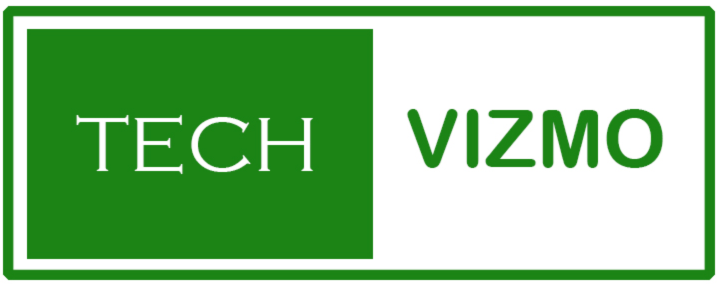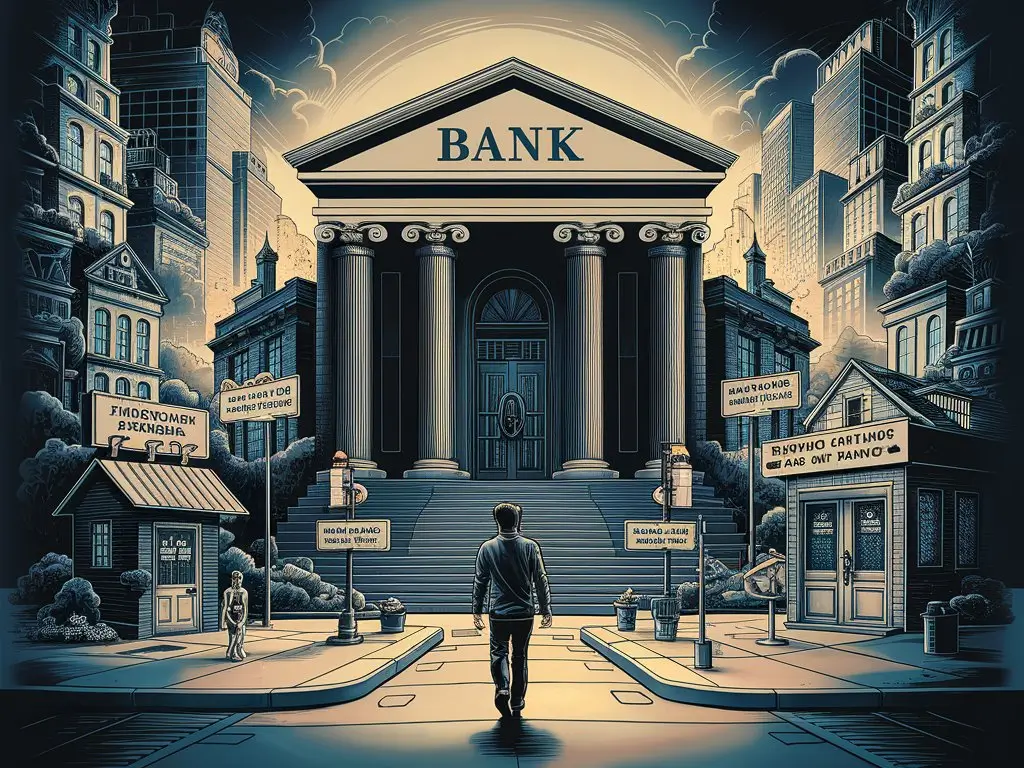Been dreaming of a new car, a home improvement project, or that perfect piece of furniture, but a bank denial has put a damper on your plans? Don’t despair! In-house financing might be the solution you’ve been looking for.
This blog post delves into the world of in-house financing, explaining how it works, its benefits, and how to find the best options near you. So, ditch the frustration of traditional loan applications and explore a potentially easier path to getting what you desire.
What is In-House Financing?
In-house financing, also known as direct financing, is a financing option offered directly by the seller of a product or service. Instead of going through a bank or other lending institution, you borrow the money directly from the seller.
This simplifies the process as the seller acts as both the lender and the seller. There’s no need for separate loan applications and approvals, potentially streamlining the process and getting you what you need faster.
Why Consider In-House Financing? (Benefits and Advantages)
Compared to traditional bank loans, in-house financing offers several potential benefits:
- Faster Approvals: Since the seller handles the entire financing process, approvals can often be quicker than with banks. This is especially attractive if you need financing quickly for a time-sensitive purchase.
- More Flexible Terms: Sellers offering captive financing might be more open to flexible terms, such as lower down payments or extended repayment periods. This can make the purchase more affordable and fit your specific budget.
- Easier Qualification Requirements: captive financing lenders may have less stringent credit score requirements than banks. This can be a lifesaver if you have a less-than-perfect credit history.
- Streamlined Process: Dealing directly with the seller eliminates the back-and-forth communication with a bank. This can simplify the process and provide a more personalized experience.
It’s crucial to keep in mind that there may be some possible downsides to consider:
- Higher Interest Rates: It’s important to compare interest rates when considering captive financing versus traditional loans.
- Limited Options: Not all sellers offer captive financing. Your options might be more limited compared to a wider pool of lenders.
- Shorter Loan Terms: captive financing often comes with shorter repayment periods compared to bank loans. Make sure the repayment plan fits your budget comfortably.
Finding the Right In-House Financing Option (Tips and Considerations)
Now that you understand the pros and cons, here are some tips for finding the best in-house financing option:
- Shop Around: Don’t just accept the first in-house financing offer you receive. Compare rates and terms from different sellers to get the best deal.
- Read the Fine Print: Before signing any agreements, carefully read all the terms and conditions of the financing plan. Make sure you understand all the fees, interest rates, and repayment details.
- Consider Your Budget: Choose a financing plan that fits comfortably within your budget. Don’t overextend yourself financially.
- Compare with Traditional Loans: Don’t neglect traditional bank loans. Compare interest rates and terms to see what option best suits your needs.
Here’s how to find in-house financing options near you:
- Ask Directly: The most straightforward way is to inquire directly with the seller if they offer in-house financing for the product or service you’re interested in.
- Search Online: Many businesses advertise their captive financing options on their websites or social media pages. Search for “[business name] + captive financing” to see if they offer it.
- Industry Resources: Industry associations or websites might have resources that list businesses offering captive financing options in your area.
Captive Financing: A Viable Alternative
captive financing can be a valuable tool for getting the products or services you desire, especially if you’ve faced difficulties with traditional bank loans. However, it’s crucial to do your research, compare options, and understand the terms before committing.
By following the tips outlined in this blog post, you can make an informed decision and potentially unlock the door to your dream purchase through captive financing. Now, get out there and explore your options! Remember, with a little effort, you can turn that “no” from the bank into a resounding “yes” for your next big purchase.
Conclusion:
So, there you have it! In-house financing offers a potentially faster and more accessible path to acquiring the products or services you desire, especially if traditional bank loans haven’t been your friend.
Remember, knowledge is power. By understanding the benefits, drawbacks, and how to find the best deals, you can leverage captive financing to your advantage.
However, careful evaluation is key. Don’t rush into anything. Compare interest rates, and terms, and ensure the repayment plan aligns with your budget.
In–house financing can be a valuable tool, but it’s not a one-size-fits-all solution. By following the tips in this blog post, you can make an informed decision and potentially open the door to your next big purchase. So, don’t be discouraged by a bank denial. Explore your options, and with a little research, you might just turn that “no” into a resounding “yes” for your dream purchase!
Trending FAQs about In-House Financing
1. Is in-house financing easier to get than a bank loan?
Potentially! captive financing lenders may have less strict credit score requirements compared to banks. This can be helpful if you have a less-than-perfect credit history. However, it’s not guaranteed, so always check the specific requirements of the seller offering the captive financing.
2. Are in-house financing interest rates higher than bank loans?
They can be. In-house financing often comes with higher interest rates compared to traditional loans secured through a bank. It’s crucial to compare rates from different lenders before making a decision.
3. What are the downsides of in-house financing?
While faster approvals and potentially flexible terms are attractive, there are some drawbacks. Here are a few:
- Higher interest rates: As mentioned earlier, you might pay more in interest compared to a bank loan.
- Limited options: Not all sellers offer in-house financing, so your options might be more restricted compared to a wider pool of lenders.
- Shorter loan terms: In-house financing often has shorter repayment periods compared to traditional bank loans. It’s important to ensure that the repayment schedule aligns with your budget.
4. How can I find out if a seller offers in-house financing?
There are a few ways:
- Ask directly: The simplest way is to inquire with the seller if they offer in-house financing for the product or service you’re interested in.
- Check their website: Many businesses advertise their in-house financing options on their websites or social media pages.
- Search online: Use keywords like “[business name] + in-house financing” to see if they offer it.
5. Is in-house financing a good option for me?
It depends on your specific situation. “In-house financing can be a suitable choice if:
- You have faced difficulties getting a traditional bank loan due to your credit score.
- You need a quick financing decision and approval.
- The seller offers flexible terms that fit your budget.
However, always compare interest rates and terms with traditional loans before making a decision. captive financing might not always be the most cost-effective option.





